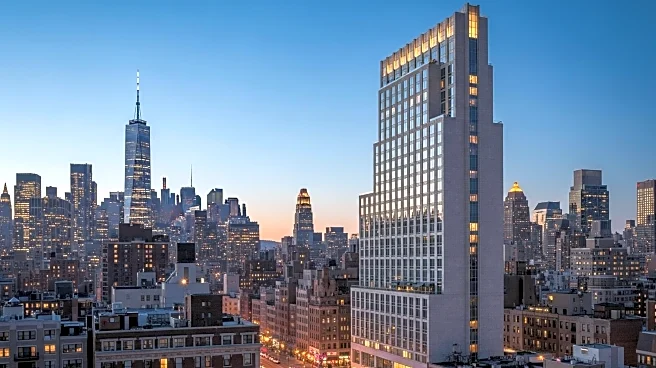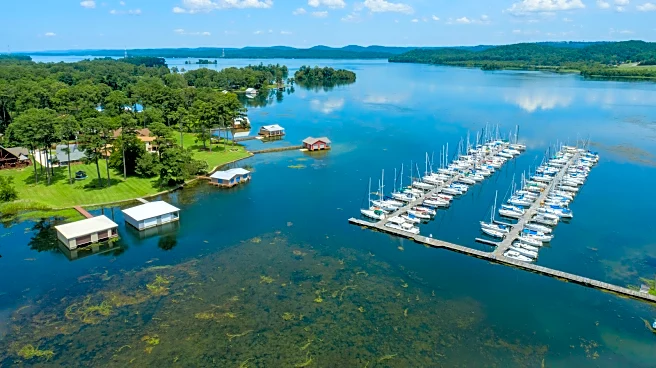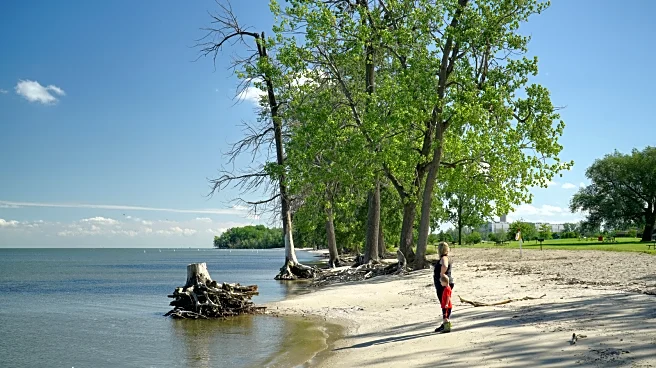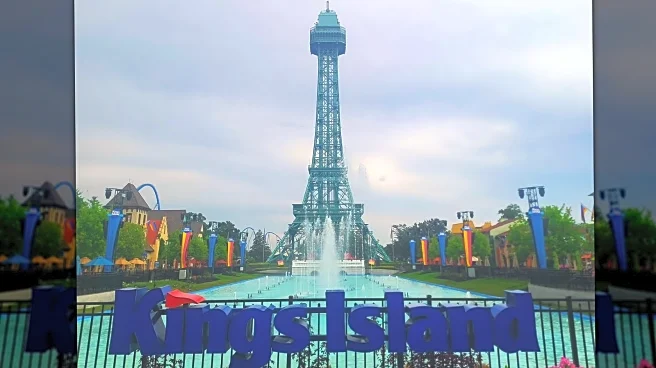What is the story about?
What's Happening?
Geauga Lake Park, once a prominent amusement park in Aurora, Ohio, has closed its doors after more than a century of operation. The park, which began as a train stop with picnic facilities in 1887, expanded over the years to include various attractions such as the Big Dipper roller coaster in 1925 and Ohio's first looping roller coaster in 1977. Geauga Lake was owned by Cedar Fair, the same company that operates Cedar Point, and at one point, it was the largest theme park in the world by area. The park's ride side closed in 2007, followed by the adjacent water park in 2016. The City of Aurora has since purchased the land with plans to convert it into a public park.
Why It's Important?
The closure of Geauga Lake Park signifies a shift in the amusement park industry, highlighting challenges such as ownership changes and competition from larger parks. The park's transformation into a public space reflects broader trends in urban development and land use, where former commercial sites are repurposed for community benefit. This change impacts local tourism and economy, as the park was a significant draw for visitors and contributed to regional identity. The decision by Aurora to create a public park may offer new recreational opportunities and preserve the historical significance of the site.
What's Next?
The City of Aurora's plans to develop the former Geauga Lake site into a public park are underway, with potential for community engagement and input on the park's design and features. This transition may involve environmental assessments and infrastructure development to accommodate public use. Local stakeholders, including residents and businesses, may have opportunities to participate in planning and benefit from increased foot traffic and community events. The transformation could serve as a model for other cities facing similar challenges with defunct commercial properties.
Beyond the Headlines
The closure and repurposing of Geauga Lake Park raise questions about the preservation of historical sites and the balance between commercial interests and community needs. The park's history, from its early days to its peak as a major amusement destination, reflects broader cultural and economic shifts in the U.S. amusement industry. The decision to convert the site into a public park may also influence future urban planning and development strategies, emphasizing sustainability and community engagement.
AI Generated Content
Do you find this article useful?

















